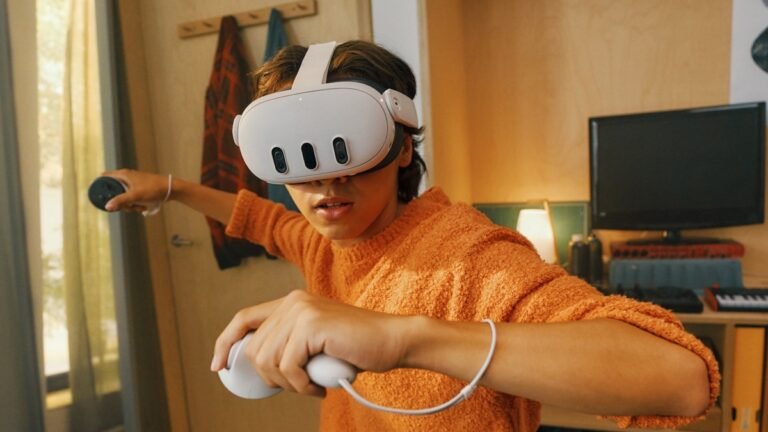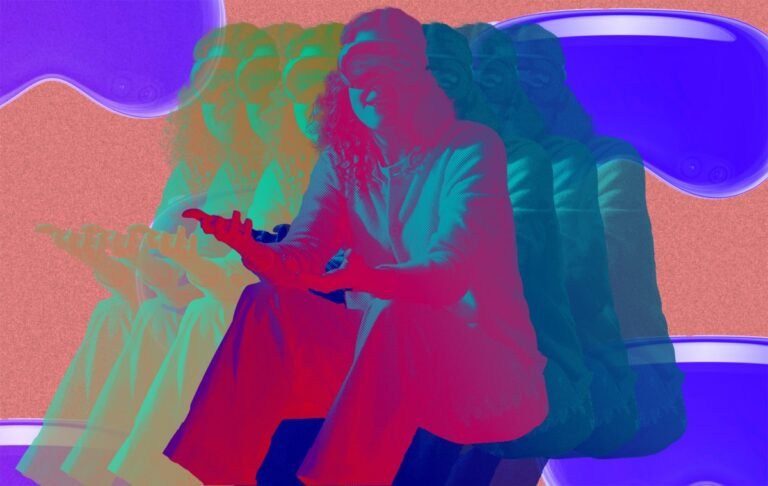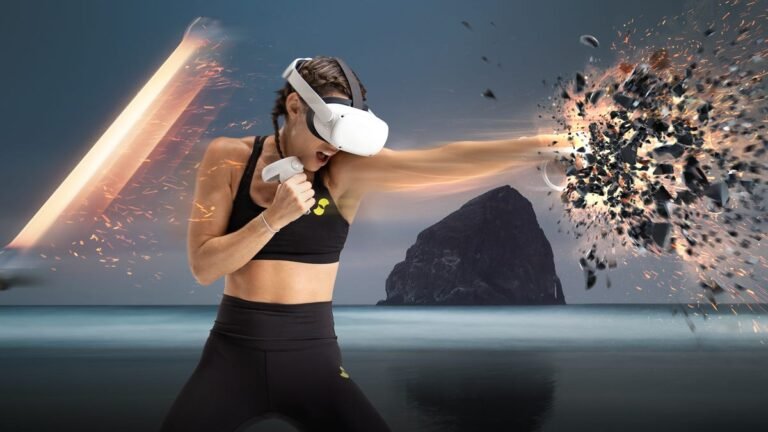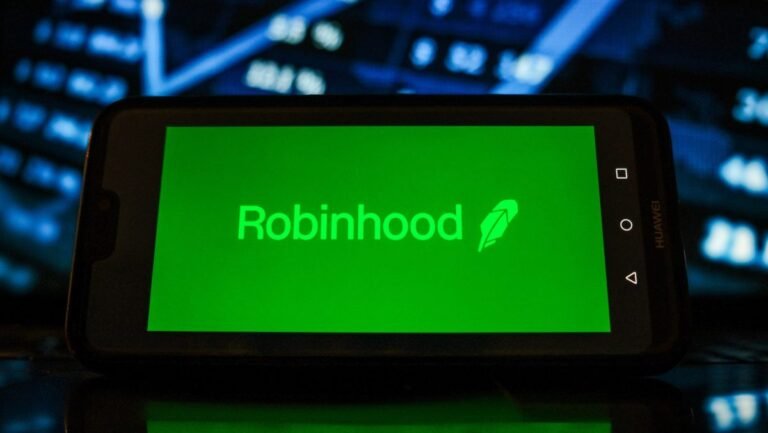
Monday’s announcement arrives on the heels of Meta prompting Quest users to confirm their age so it can provide teens and preteens with appropriate experiences.
Meta said it will launch it first in the 20 markets where it already supports Quest for Business, Meta’s workplace-focused $14.99/month subscription.
It’s not clear how ubiquitous VR use is in schools: one provider, ClassVR, claims that 40,000 classrooms worldwide are using its products.
And another big question mark will relate to the cost of buying headsets — Quest 3’s, the latest headsets, start at around $500 apiece for basic models — buying apps and then subsequently supporting all of that infrastructure.
Meta said that it has already donated Quest headsets to 15 universities in the U.S., but it’s not clear how far it will go to subsidise growth longer-term.

Now, it appears Meta is using its Quest VR store to demonstrate how it thinks devices with app stores should approach online age verification.
Since it’s easy to lie about someone’s age when entering only a birthdate, Meta says it’ll require people who accidentally enter a wrong birthdate to verify with an ID or credit card.
Meta has previously told developers that, starting in March 2024, it will require them to identify their app’s intended age group (preteens, teens or adults).
It also announced the launch of its user age group APIs, which officially launched last month.
Meta first added parental supervision tools to its VR headset in 2022.

Mindfulness and meditation apps have tremendous potential in the world of extended reality.
The full immersion created by headsets like the Meta Quest and Apple Vision Pro offer great potential to kickstart such practices, which are notoriously difficult to both begin and maintain.
As such, partnership between leading meditation app Headspace and Quest-maker Meta is a no-brainer.
At the very least, the experience seems engaging in a way not normally associated with meditation apps.
The app is available now for Meta Quest 3, Meta Quest 2 and Meta Quest Pro.

Apple’s Vision Pro headset is set to finally launch in the U.S. on February 2, at a retail price of $3,499.
Apple originally announced Vision Pro last June at its annual developer event, and it’s been teasing out hands-on time to select media, influencers and developers in an extended hype and ecosystem preparation event ever since.
The big question remains, will Apple Vision Pro meaningfully move the needle on immersive computing – or will it be yet another splashy launch for a VR/AR/MR product that fails to change the status quo?
Based on the handful of first-hand accounts available, one thing seems clear about Apple Vision Pro: No one’s doubting its quality or capabilities.
Curiously, much of what Apple pitched with the Vision Pro launch focused on things you already do all the time on your other devices, including your iPhone, Mac and iPad.

Generally, I’m an extremely active person who primarily enjoys weight training, and it’s a key component of my mental well-being as well as my physical health.
What I didn’t expect was finding relief by way of virtual boxing.
I had been using Supernatural on my Meta Quest 3 headset since picking one up at launch, and found it surprisingly compelling even before my injury — despite my long-held opinion that no one wants to work out in a sweaty headset.
Supernatural is also helping with my rehabilitation as I build back range of motion and flexibility in my now mostly healed wrist.
The injury just made me realize at a very accelerated pace what the company saw in Supernatural in terms of lasting, sticky appeal for home VR use.

“I think crypto has always been made by very technical people and for technical people,” Johann Kerbrat, the general manager of crypto at Robinhood, said on the Chain Reaction podcast.
“At the end of the day, I think customers, when they use crypto, they don’t really care what is the protocol under it?
Robinhood users can do more technical things like transfer to its crypto wallet and use “advanced charts and autotypes where you can put, for example, a stop loss,” Kerbrat said.
The platform might not be as highly technical as one that’s crypto-focused, Robinhood is doing research to understand what customers want and are missing.
With that said, the platform still has 14 cryptocurrencies and one stablecoin, USDC, available for users to buy and sell.









